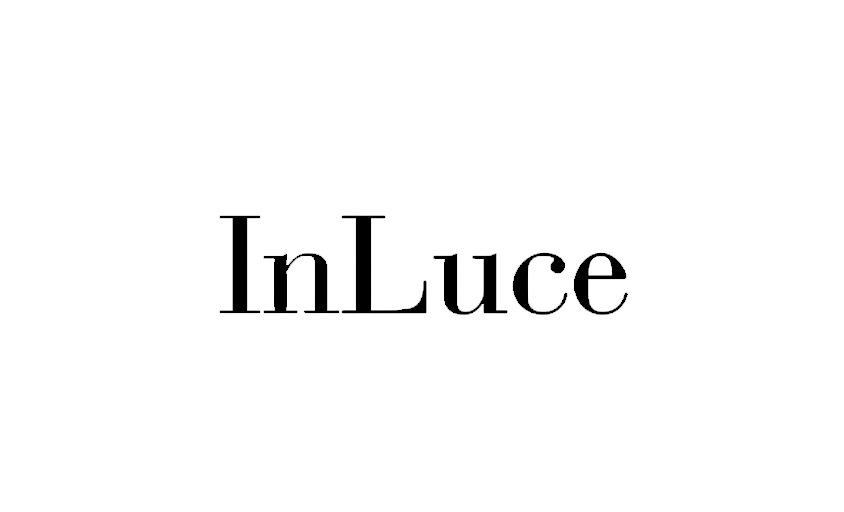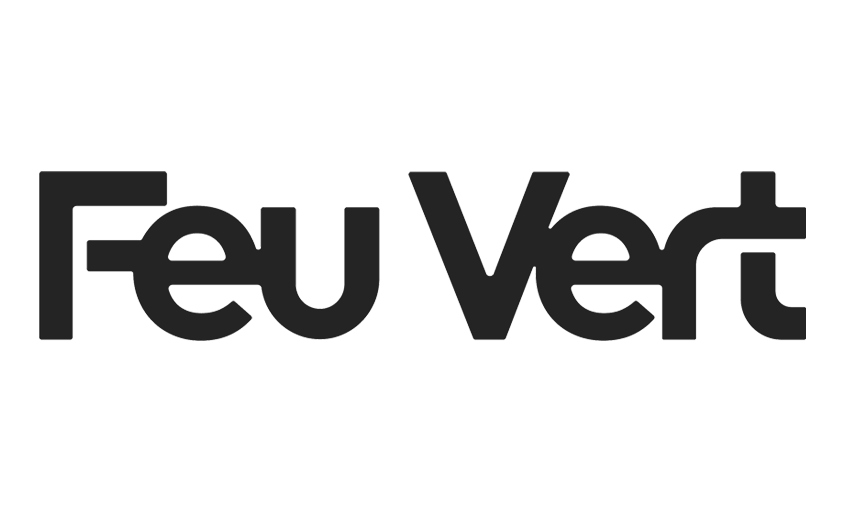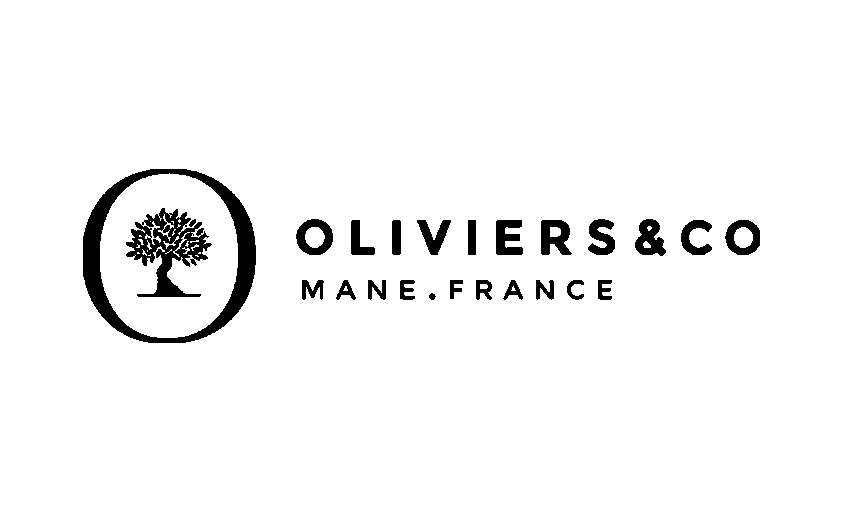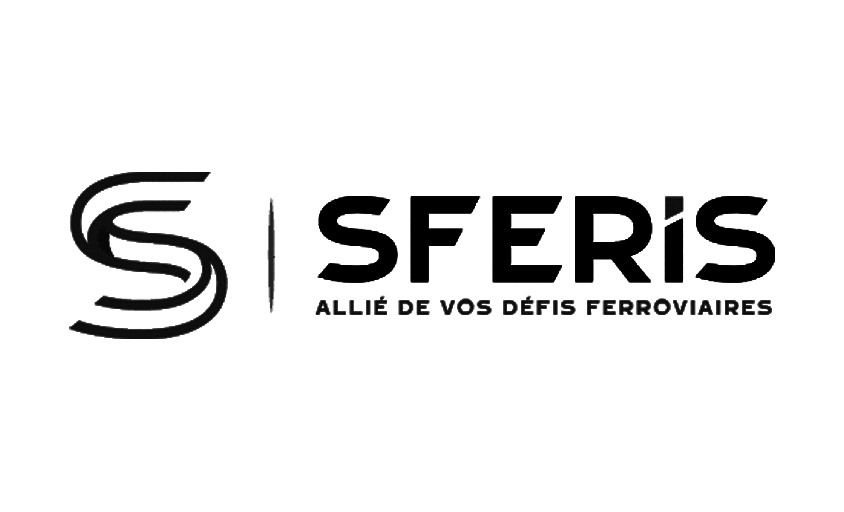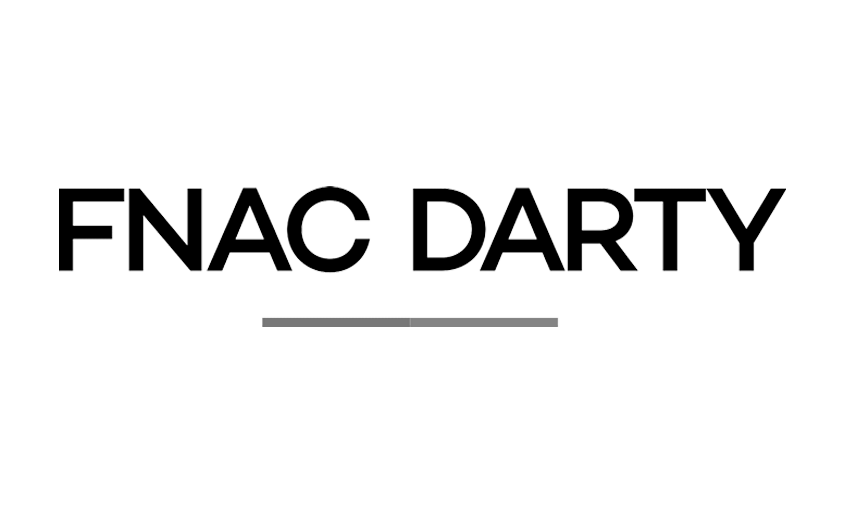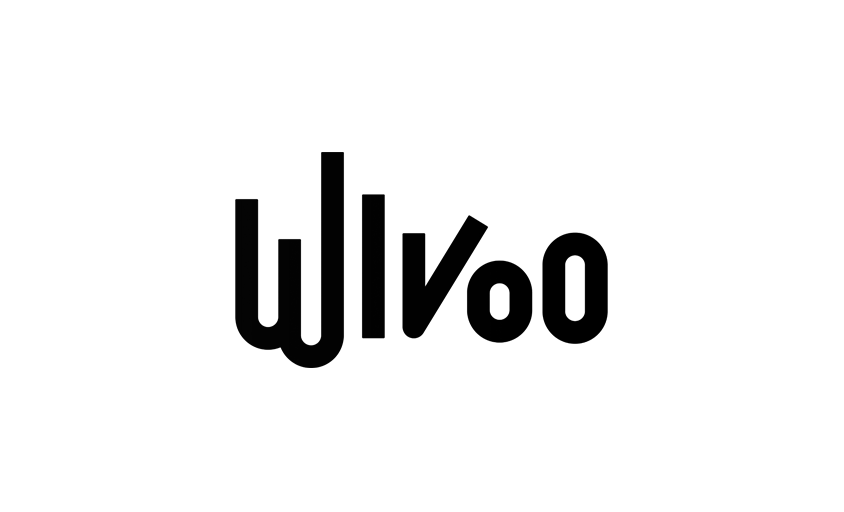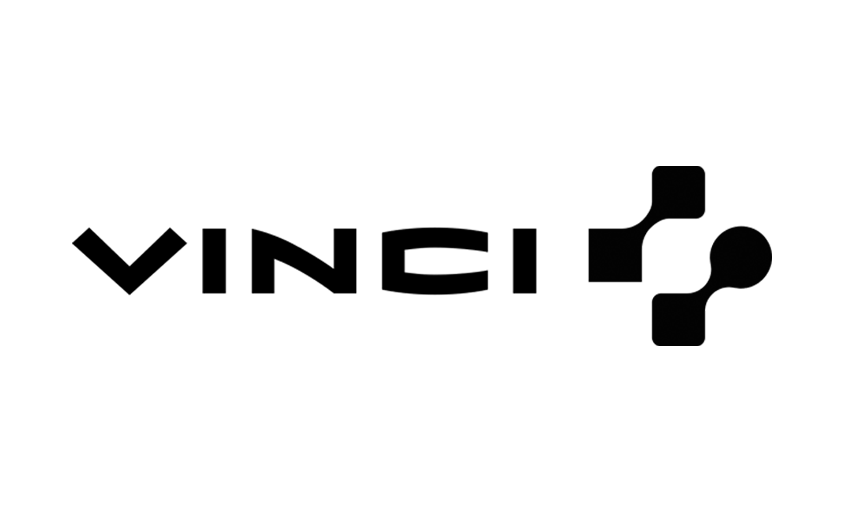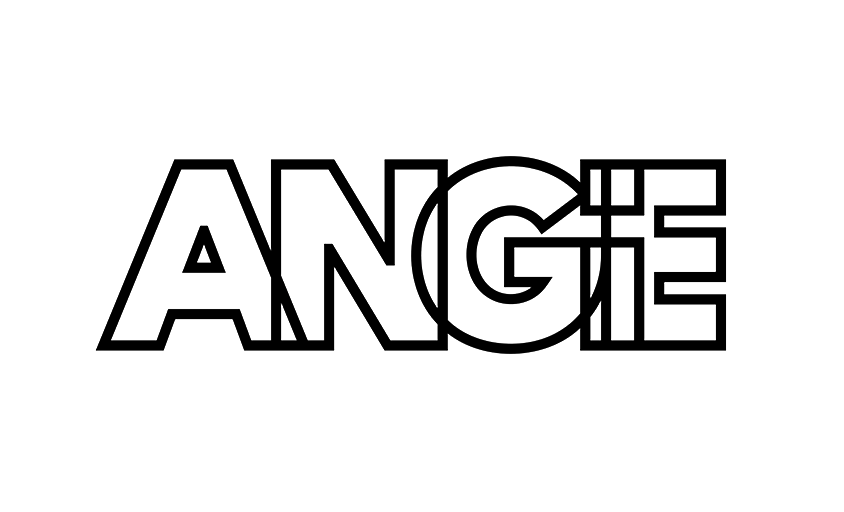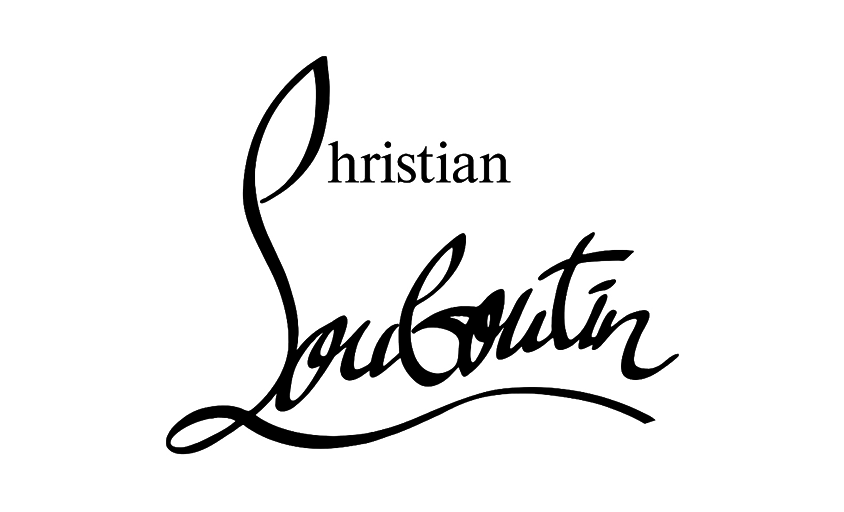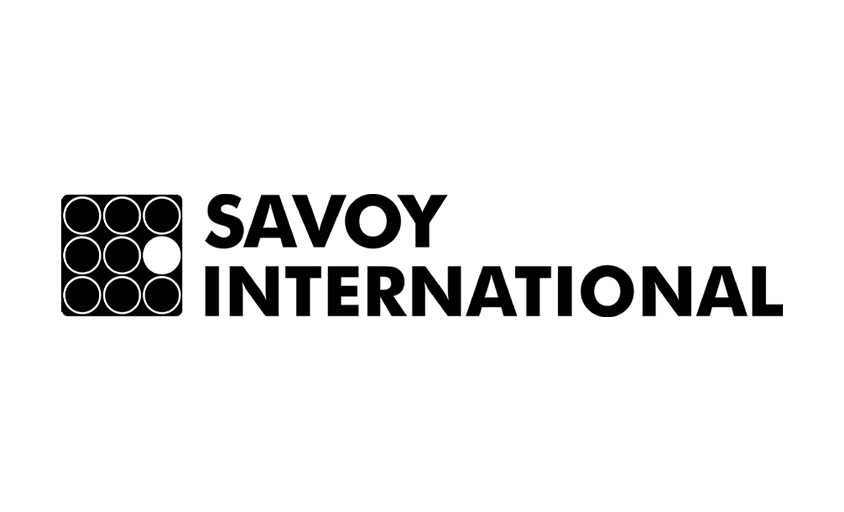The Photography Professions
In this article :
Photography is not just about taking pictures. Behind every image, a range of professions come together to transform a vision into an exceptional visual work. These professions go far beyond the photographer and include specialists in specific fields, from preparing the shoot to staging the product.
At Rétines, we believe that photography, whether product, portrait, or corporate, is a team effort. Every professional, whether behind the lens or behind the scenes, plays a crucial role in creating images that captivate and tell a story.
In this article, we introduce you to the various photography professions and related roles that contribute to the success of a photo shoot.
The Different Professions
- The Photographer
The photographer’s role is at the heart of the creative process. Responsible for taking the shots, they master all the technical aspects of photography: composition, lighting, angle, depth of field, and much more. Depending on the type of photography, they may specialize in different branches: product photography, fashion photography, corporate photography, portrait, etc.
At Rétines, our photographers stand out through a keen understanding of the client brief and an artistic approach aimed at capturing the very essence of the product or subject.
- The Photographer’s Assistant
The photographer’s assistant plays a key role in preparing and ensuring the smooth running of the shoot. They handle the setup of equipment (cameras, lighting, accessories), camera adjustments, and may help oversee the shooting process. The assistant also ensures the photographer can focus on creativity by managing technical aspects. In complex sessions, the assistant is indispensable for guaranteeing the smooth flow of the shoot.
Experience and equipment mastery make the assistant a discreet yet essential player in the creative process.
- The Stylist
The stylist is responsible for the overall appearance of the subject. For fashion or product shoots, they select clothing, accessories, and sometimes even makeup and hair styling. In product photography, the stylist also works on staging and composing the objects, ensuring each element harmonizes to enhance the image. They work closely with the photographer to make sure every visual detail is controlled.
As creative partners, the stylist and photographer often work in symbiosis to bring out the essence of the collection or product being photographed.
- The Set Designer
The set designer (or art director responsible for the set) is responsible for creating and arranging the sets. Their role is to imagine and set up an environment that perfectly matches the visual concept of the shoot. Whether for fashion, product packshots, or portraits, they create a framework that supports and highlights the subject of the image.
The set designer must have excellent knowledge of current trends and know how to adapt the sets to client requests while respecting the brand’s identity.
- The Lighting Assistant
Lighting is a key element in photography. The lighting assistant works closely with the photographer to control and adjust light sources (flashes, softboxes, reflectors, etc.). Depending on the type of shoot, the lighting assistant may use powerful lighting for dramatic effects or soft lighting for more subtle atmospheres. Their role is fundamental for obtaining sharp, detailed images while creating the desired mood.
Good light management can transform an ordinary scene into a powerful, memorable image.
- Makeup Artist / Hair Stylist
In fashion or portrait shoots, the makeup artist and hair stylist prepare the subject before the shoot. Their work is to enhance the model’s appearance while staying true to the visual concept. This includes makeup, hairstyling, as well as adjusting skin and features to bring out the model’s best version in front of the camera.
Makeup artists and hair stylists are creatives in their own right, and their work contributes to the final aesthetic of the image.
- The Photo Retoucher
Photo retouching is an essential step to give the image a perfect finish. The retoucher works after the shoot to enhance images by adjusting colors, brightness, contrast, and sometimes performing more advanced edits like removing imperfections. It’s a complex process that requires technical mastery and an artistic eye to ensure the final image respects the photographer’s vision.
- The Shoot Producer / Production Coordinator
The shoot producer or production coordinator manages all logistical aspects of a photo shoot. They are responsible for planning, organizing resources, and managing budgets to ensure the shoot runs smoothly. They coordinate teams, manage schedules, rent necessary equipment, and make sure everything is ready on the day.
- The Art Director
The art director is a key professional in creative projects. They oversee the overall visual aspect of a shoot—from set design and lighting to the choice of colors, textures, and visual elements. They work in collaboration with the photographer, stylist, and set designer to ensure the final image matches the creative vision of the client or project.
- The Cameraman or Videographer
Although photography and video are distinct disciplines, these professions often overlap, especially during shoots requiring video footage (e.g., advertising campaigns or brand portraits). The cameraman or videographer is responsible for capturing moving images and works in synergy with the photographer to ensure visual consistency across both formats.
- The Graphic Designer
The graphic designer usually works after the shoot to process visuals and create visual communication materials such as posters, flyers, online banners, etc. They are also involved in creating visual elements to accompany photographic projects like advertisements or websites.
- The Studio Manager
The studio manager is responsible for organizing and managing equipment and the space during a photo session. They ensure that the gear is properly installed, that all elements are in place, and that there are no logistical problems during the shoot. This is a key role, especially in studio shoots.
- The Video and Photo Color Grading Specialist
In post-production, a color grading specialist plays a crucial role in processing image colors. Their goal is to optimize colors and contrasts to give each photo or video the desired visual look. This is a very technical profession, essential in product or fashion photography where color management is paramount.
- The Sound Designer (in video)
For projects including video or multimedia, the sound designer creates soundscapes that accompany the visuals. They may also be involved in shoots where audio is an integral part of the project, such as product videos or advertising campaigns where music or sound effects play a key role.
- The Stitcher
The stitcher mainly operates during fashion photo shoots. Their role is to adjust clothing using pins or clips to ensure a flawless appearance on camera. They work closely with the stylist to enhance the look of the outfits without altering their shape, while minimizing the need for post-production editing. This discreet profession guarantees a polished presentation that’s perfectly suited to the photographer’s vision.
- The Detail Model
Specialized in showcasing specific parts of the body (hands, wrists, neck, etc.), the detail model is often called upon for watch, jewelry, or accessory shoots. With precise gestures and a well-groomed appearance, they elevate the product without drawing attention away from it. They work in close coordination with the photographer and stylist to achieve a natural, elegant pose that aligns with the brand’s identity.
- The Worn Product Model
The worn product model is essential in fashion and clothing-related photo shoots. Their role is to highlight garments by wearing them and adopting poses, attitudes, and expressions that reflect the brand’s universe. They collaborate with the photographer, stylist, and art director to best embody the desired aesthetic and deliver a professional and engaging visual result.
Conclusion
Photography is a collaborative effort that goes far beyond simply taking a picture. It involves professionals with diverse skills, each bringing their expertise and creativity to every project. At Rétines, we believe that every role, from the stylist to the lighting assistant to the retoucher, contributes to creating exceptional images that tell unique stories.
Jérémy Carlo is the editorial director at Rétines, where he ensures the consistency and clarity of all content produced by the studio.
Our Clients
Let’s discuss
What we do for you at Rétines
Meticulous work, an organised project and fast delivery. And to achieve this, we mobilise the right resources in our teams at the right time.
01
Pre-production
Artistic and technical direction tailored to the project.
Relevant recommendations on content, form and resources.
02
Photo Shooting
Photos taken by our experienced photographers.
Production that’s controlled, efficient and tailored to the needs of the project, with nothing superfluous.
03
Retouching
Technique
Photographs magnified by our retouching team.
Post-production to meet the commercial challenges of the brief.

